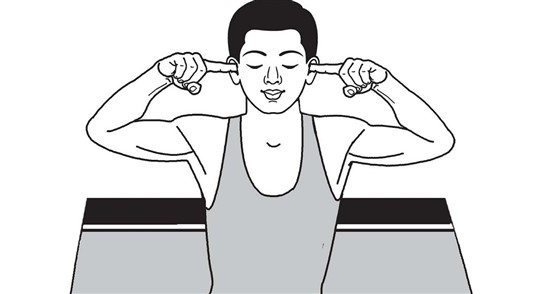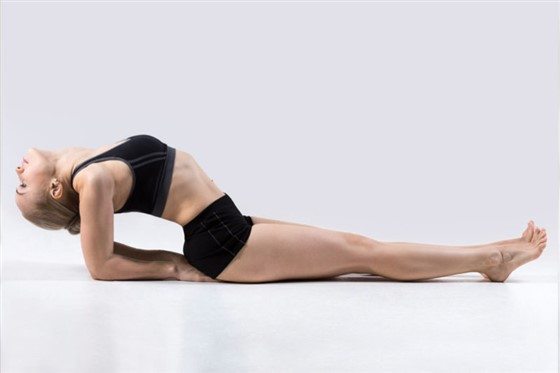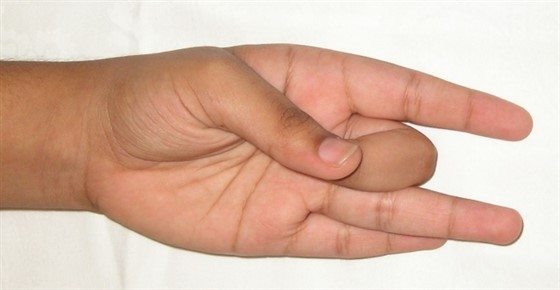Yoga exercises, or asanas, have stood the test of time, gaining global recognition for their holistic benefits. In recent years, figures like Baba Ramdev have played a significant role in reintroducing the advantages of yoga into our modern lives. Just as specific yoga exercises are recommended for various physical ailments, yoga for hearing problems contribute to better hearing power and overall ear health. Let’s explore some of the yoga asanas for hearing problems.
How To Increase Hearing Power of Ear Naturally?
Many people prefer natural hearing loss solutions, and the ancient practice of yoga offers the right approach. While Yoga is not a direct cure for all types of hearing loss, practicing recommended yoga asanas for ear problem can be very beneficial. These asanas assist in overcoming hearing deficiencies and potentially reduce dependence on medicines. Consistent practice of yoga for hearing problems might even help in slowing down the progression of certain types of hearing loss.
Yoga For Ear Nerve Weakness or Sensorineural Hearing Loss
Sensorineural hearing loss is mostly age-related and affects individuals over 50, SNHL (Sensorineural hearing loss) is caused by damage or weakening of the auditory nerve – the crucial pathway for sound signals to the brain. Can yoga for ear problems offer a solution? Certain yoga asanas can rejuvenate these nerves and enhance blood circulation to the head and ears, which improves the ability of the nerves to carry sound signals effectively. It’s a known fact that nerve stimulation and improved blood flow through yoga for hearing problems is beneficial.
Yoga for Conductive Hearing Loss
Conductive hearing loss often arises from blockages or issues in the outer or middle ear, sometimes due to infections. While yoga for hearing problems may not directly address physical obstructions, Yoga for ear blockage and breathing exercises to improve hearing can contribute to a stronger immune system and potentially lower the chances of ear infections, a contributing factor to conductive hearing loss. Therefore, a holistic approach involving yoga for ear problem might indirectly offer benefits.
How To Increase Hearing Power by Yoga?
While a comprehensive yoga practice offers overall wellness, the following asanas or exercises to improve hearing are specifically recommended for their benefits in improving hearing naturally:
- Bhramari Pranayama (Bee Breath)
- Matsyasana (Fish Pose)
- Shunya Mudra
Why These Yoga Asanas for Ear Problems?
These three exercise for hearing improvement have been carefully selected with the primary goals of:
- Increasing blood supply to the ears: Ensuring the delicate structures within the ear receive maximum nourishment and oxygen.
- Releasing stiffness around the neck and shoulder area: Reducing tension that can sometimes impede blood flow to the head and ears.
- Strengthening the spinal cord: Promoting overall nervous system health, which can indirectly benefit auditory nerve function.
By consistently practicing these yoga asanas for hearing problems, you may experience a noticeable improvement in your ear health.
Bhramari Pranayama (Bee Breath) Exercise for Hearing Improvement
Pranayama, the yogic science of breath control, offers various techniques, and Bhramari Pranayama, or the Bee Breath, is a recommended breathing exercises to improve hearing. The name “Bhramari” originates from the Hindi word “Bhramar” or “Bhavra,” meaning honey bee. This breathing exercise specifically targets the ear, nose, and throat region.
The humming sound produced during exhalation creates vibrations that resonate within the skull and stimulate the hair cells in the inner ear. These hair cells are vital for converting sound signals into electrical impulses that reach the brain. The weakening of these hair cells is the primary cause of sensorineural hearing loss. Including this pranayama for ear problem into your routine can be a beneficial practice.

Easy Steps for Bhramari Yoga Exercise:
- Sit comfortably in a crossed-leg position (Sukhasana) or Padmasana (Lotus Pose).
- Close your eyes gently.
- Close your ears by gently pressing your index fingers or thumbs into your ear canals (without applying excessive pressure).
- Inhale deeply through your nose, keeping your mouth closed.
- Exhale slowly through your nose, making a soft, continuous humming sound, similar to the buzzing of a bee. You can also softly chant “Om” during the exhalation.
- Repeat this process 5 to 7 times.
Regular practice of this yoga for hearing problems technique can help release tension in the sinuses and ears, potentially unblocking them and stimulating the auditory pathways.
Matsyasana (Fish Pose)
As we age, the blood supply to the head and ears naturally decreases, sometimes aggravated by conditions like age-related cervical spondylitis, which can compress the vertebral artery. Exercises that help release stiffness in the neck region and improve blood flow are crucial for maintaining good hearing power. While advanced asanas like Shirshasana (Headstand) and Sarvangasana (Shoulder Stand) are known for enhancing blood circulation to the head, Matsyasana, or Fish Pose, offers an easier alternative for beginners.
Matsyasana (Fish Pose) Explained:
Yoga often draws inspiration from the natural world, with many asanas named after animals and other elements. Matsyasana, the Fish Pose, strengthens the muscles of the upper back and the back of the neck while stretching the throat and upper neck.

Easy Steps for Matsyasana Yoga Exercise:
- Lie flat on your back with your arms by your sides, palms facing down.
- Place your hands, palm-down, underneath your hips for support.
- Inhale deeply and slowly lift your head and chest off the ground, arching your back.
- Maintain this position and gently lower your head back to touch the ground.
- Lift your chest further upwards, supporting your weight on your elbows. Breathe normally in and out.
- Hold the pose for as long as comfortable, focusing on gentle, steady breaths.
- To release the pose, slowly lift your head and lower your chest back to the ground. Bring your arms back to your sides.
- Relax in Shavasana (Corpse Pose). Know more about Shavasana
Incorporating Matsyasana into your yoga for hearing problems routine can help improve blood circulation to the head and alleviate tension in the neck, potentially benefiting your hearing.
Shunya Mudra
Beyond asanas, mudras, or specific hand gestures, form an integral part of yogic healing. Shunya Mudra, translating to “Zero” or “Sky” in Sanskrit is also known as Akash Mudra, focuses on the element of space within.
This mudra is highly recommended for addressing conditions like tinnitus, vertigo, and promoting overall better hearing power. It is typically practiced for 30 to 45 minutes daily as part of a dedicated yoga for ear problem regimen.

Shunya Mudra Yoga Posture:
According to mudra philosophy, the five fingers represent the five elements of the universe: fire, air, space, earth, and water. Starting with the thumb (fire), the middle finger represents space. It is believed that bringing a finger representing a specific element into contact with the thumb (fire) generates an energy circuit that can balance that element within the body.
Easy Steps for Shunya Mudra:
- Sit comfortably in a crossed-leg position (Sukhasana) or Padmasana (Lotus Pose). Ensure you can maintain this posture for at least 30 minutes.
- Bend your middle finger and bring it to the base of your thumb.
- Gently press your thumb over the middle finger, holding it in place.
- Keep your other fingers extended and relaxed.
- Rest your hands comfortably on your knees or thighs, palms facing upwards.
- Maintain this mudra for 30 to 45 minutes. If a continuous session is not possible, you can practice it for 15 minutes three times a day.
The Shunya Mudra offers the advantage of being accessible at any time of the day and can be a valuable addition to your yoga for hearing problems practices.
Making Yoga a Part of Your Routine for Ear Health
In our increasingly noisy and stressful world, hearing loss is becoming a growing concern. Practicing yoga for hearing problems as a regular routine can be a proactive step towards maintaining good ear health. Beyond the specific exercises mentioned, yoga offers numerous other benefits, including improved body language, increased energy levels, and enhanced mental clarity to navigate life’s challenges.
CAUTION: It is important for beginners to practice all yoga exercises under the guidance of a qualified and experienced yoga instructor, especially if you have any pre-existing health conditions.
Yoga should be considered a complementary approach and not a replacement for professional medical advice and treatment. Always consult with your audiologist or ENT specialist for any concerns regarding your hearing.
